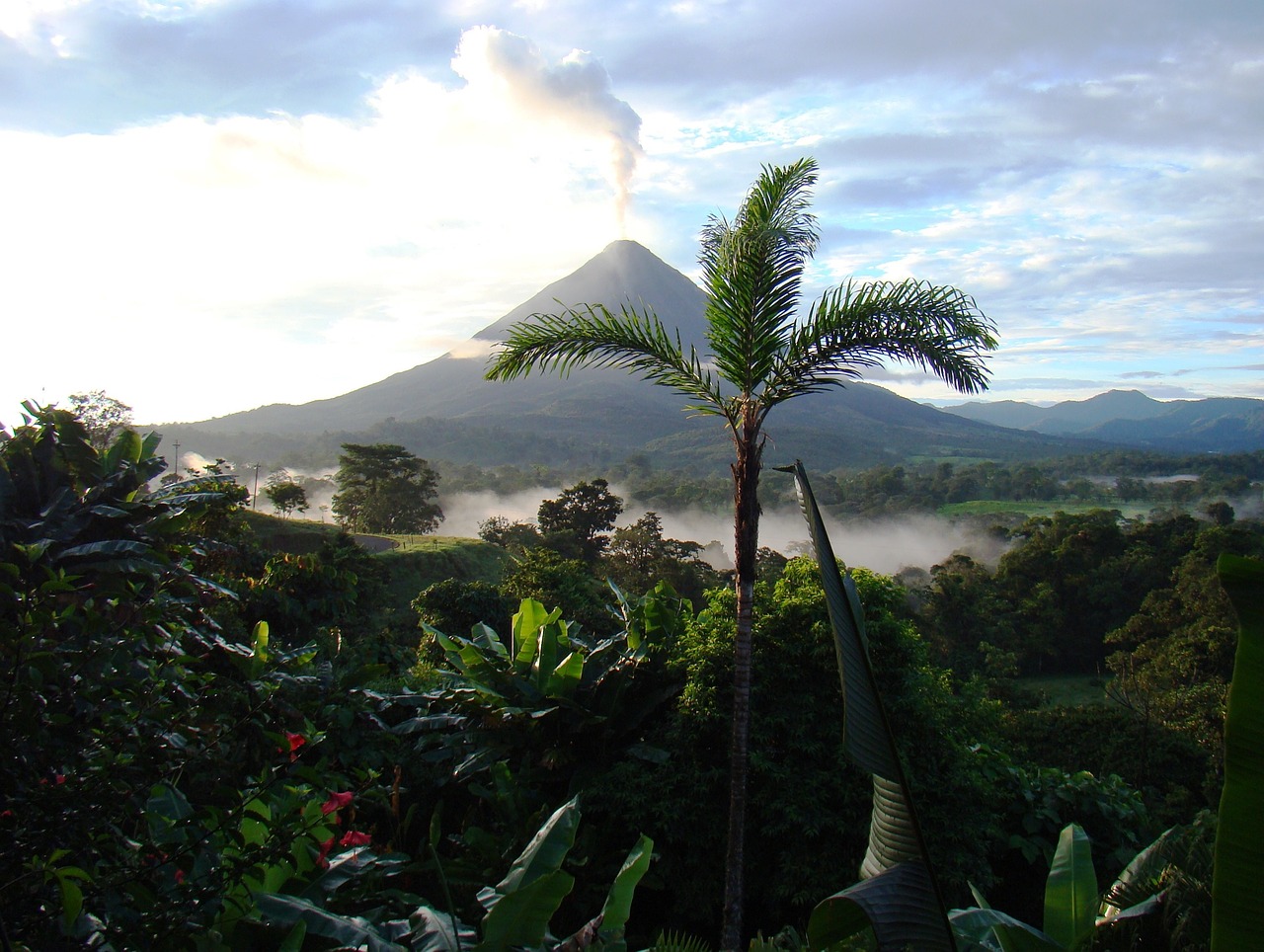Costa Rica, a Central American paradise known for its lush rainforests, stunning beaches, and vibrant wildlife, is a top destination for nature lovers and adventure seekers. Whether you're planning a laid-back vacation or an action-packed trip, here’s your ultimate guide to traveling to Costa Rica.
1. Researching Travel Requirements
Before traveling to Costa Rica, ensure you meet the entry requirements. Most nationalities, including those from the United States, Canada, and European Union countries, do not need a visa for stays of up to 90 days. A valid passport and proof of onward travel (e.g., a return ticket) are required. COVID-19 Guidelines: Check Costa Rica’s latest health and safety protocols for international visitors.2. Best Time to Visit
Costa Rica’s climate is divided into the dry season (December to April) and the rainy season (May to November). The dry season is ideal for outdoor activities and beach visits, while the rainy season offers lush green landscapes and fewer crowds.3. Booking Flights to Costa Rica
Costa Rica’s main airports are:Direct flights are available from major cities like Miami, Houston, Los Angeles, Toronto, and Madrid. Airlines like American Airlines, Delta, and JetBlue serve Costa Rica regularly.
- Juan Santamaría International Airport (SJO): Near the capital, San José, and a hub for international flights.
- Daniel Oduber Quirós International Airport (LIR): Located in Liberia, ideal for exploring Guanacaste and the Pacific coast.
4. Accommodation Options
Costa Rica offers a wide range of accommodations to suit all budgets:
- Luxury Resorts: Experience eco-luxury at Nayara Tented Camp or Four Seasons Resort in Papagayo.
- Eco-Lodges: Stay at sustainable properties like Lapa Rios or Monteverde Lodge.
- Boutique Hotels: Charming options like Arenal Observatory Lodge or Hotel Grano de Oro.
- Budget-Friendly Stays: Hostels and guesthouses are plentiful for travelers on a budget.
5. Getting Around Costa Rica
To explore Costa Rica, consider renting a car, especially if you plan to visit multiple destinations. Note that some roads in rural areas can be challenging, so a 4x4 vehicle is recommended. Alternatively, public buses and shuttle services are available for major routes. Domestic flights and private transfers offer convenient options for longer distances.6. Must-See Attractions
Costa Rica’s diverse landscape offers something for everyone. Don’t miss:
- Arenal Volcano: Perfect for hiking, hot springs, and zip-lining.
- Monteverde Cloud Forest: A haven for wildlife and lush greenery.
- Manuel Antonio National Park: Famous for its beaches and biodiversity.
- Tortuguero National Park: Best for spotting sea turtles and exploring canals.
- Osa Peninsula: Home to Corcovado National Park, a biodiverse gem.
7. Packing Essentials
Pack light but include essentials for Costa Rica’s varied climate and activities:
- Lightweight, quick-drying clothing.
- Hiking boots or sturdy shoes.
- Swimwear and snorkeling gear.
- Rain jacket and waterproof bags.
- Sunblock, insect repellent, and a reusable water bottle.
8. Local Cuisine to Try
Costa Rican cuisine is simple, fresh, and flavorful. Be sure to try:
- Gallo Pinto: A traditional breakfast of rice and beans.
- Casado: A hearty meal with rice, beans, meat, and salad.
- Ceviche: Fresh seafood marinated in lime juice.
- Chifrijo: A popular snack with beans, rice, pork, and tortilla chips.
9. Travel Tips for Costa Rica
- Currency: The Costa Rican Colón (CRC) is the local currency, but US dollars are widely accepted.
- Language: Spanish is the official language, though English is commonly spoken in tourist areas.
- Safety: Costa Rica is generally safe, but exercise caution with valuables and follow local advice.
10. Additional Resources
With this guide, you’ll be well-prepared to immerse yourself in the natural beauty and adventure that Costa Rica has to offer. Pura vida!
- For more about Costa Rica’s attractions, visit the official tourism website: Visit Costa Rica.
- Discover travel tips and inspiration with The 48 Laws of Power and Travel Adventures.
How to Travel to Costa Rica: A Comprehensive Guide

🔖Tags:
Destination Famous Travel